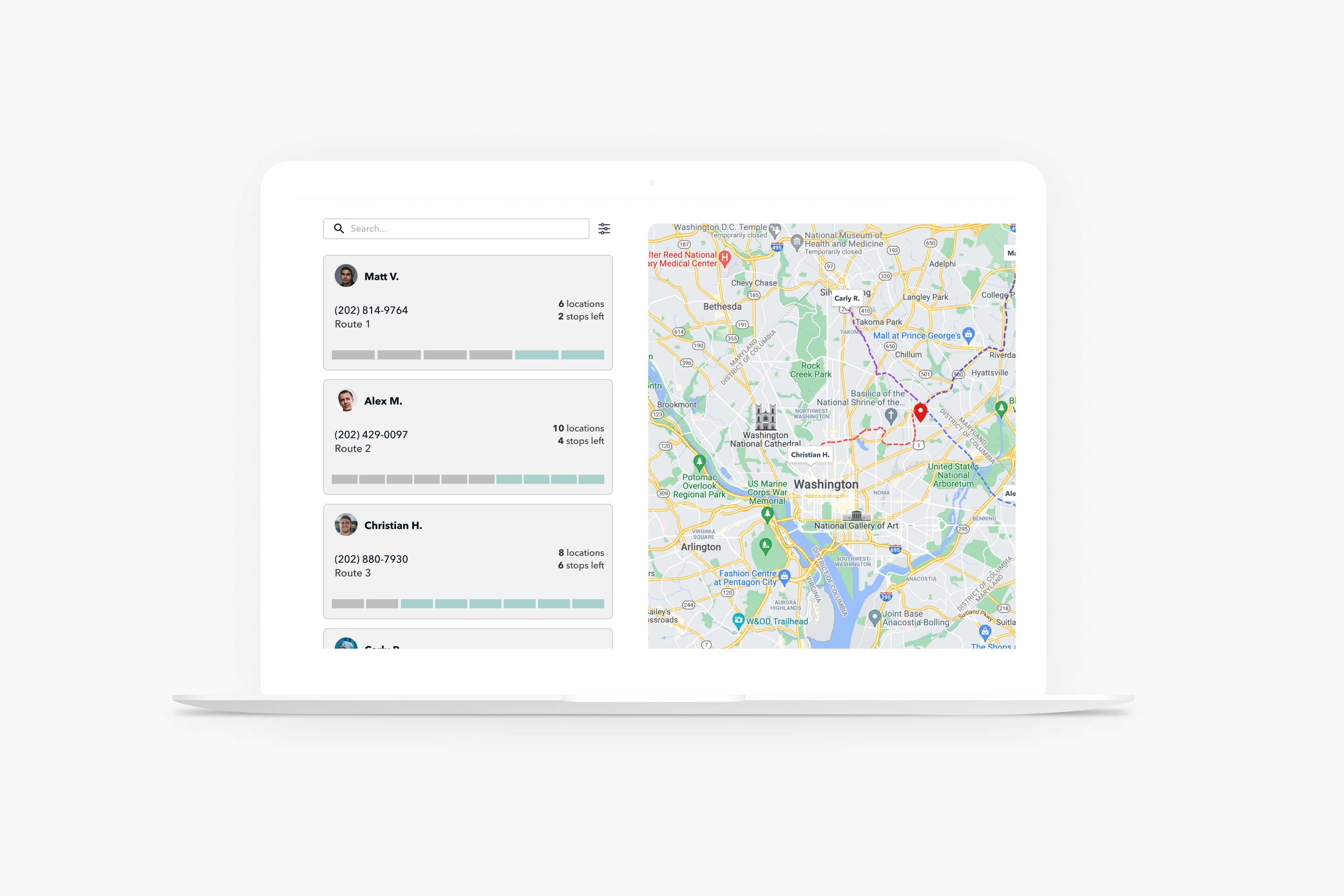Transforming User Experience in PropTech Start-Ups
This case study examines the role and impact of my time as Director of Experience Design at Amenify, a PropTech start-up specializing in luxury concierge services. The study highlights strategic initiatives in branding, design systems, and product design that helped enhance both user experience and business outcomes. This holistic approach combined creativity with technology, to create simplicity, elegance, and delight in user interactions.
Amenify operates within a competitive PropTech landscape, targeting a three-sided marketplace that connects luxury service providers, property managers, and residents. The need for a robust, intuitive, and seamless user interface is paramount to maintaining engagement across all user categories. My mission was to spearhead significant transformations in the company's product offerings and brand identity.
We had some challenges:
We've set some goals:
The approach
My initiatives
Outdated user interfaces that hindered user engagement and satisfaction.
Inconsistent brand identity and messaging across platforms.
A lack of cohesive design systems that could scale with the product offerings.
Slow product development cycles that failed to keep pace with market demands.
Revamp existing native and web applications to improve usability and aesthetics.
Develop a new native app to cater to emerging market needs and user expectations.
Establish a unified brand identity and comprehensive design system.
Enhance cross-functional team collaboration to increase efficiency and agility in product development.
Implement a customer-centric methodology that integrates user feedback and data analytics into the design process.
Data-Driven Insight: Leveraging user data and feedback to inform design changes and ensure alignment with user needs.
Competitive Analysis: Regularly reviewing the competitive landscape to anticipate market trends and position Amenify as a market leader.
Cross-Functional Collaboration: Partnering with other teams within the organization to align on objectives and share insights that inform design and functionality.
Iterative Design: Adopting an MVP approach with quarterly OKRs to focus on delivering high-impact features rapidly.
User-Centric Design: Conducting ongoing user research to refine and iterate on
Brand and Design System Creation: Establishing a comprehensive set of brand guidelines and a scalable design system that provides consistency across all digital properties and marketing materials.
Product Revamps and Launches: Overhauling existing applications and launching new ones with enhanced UI/UX based on user-centered design principles.
Cross-Functional Workflows: Setting up processes that enhance team agility and output, allowing for quicker iterations and implementations based on user feedback.
The comprehensive approach demonstrated a positive impact of integrating strategic design leadership in a technology-focused company. By prioritizing user experience and fostering cross-functional collaboration, our goal was to set a new standard in the luxury concierge service market, by providing a new standard in the space resulting in both user satisfaction and business growth.
Amenify Key Visual
Amenify Resident App
Amenify Resident App
Amenify Provider App
Amenify Field Tech App
Amenify Field Tech App
Amenify Dispatch App
Amenify Dispatch









